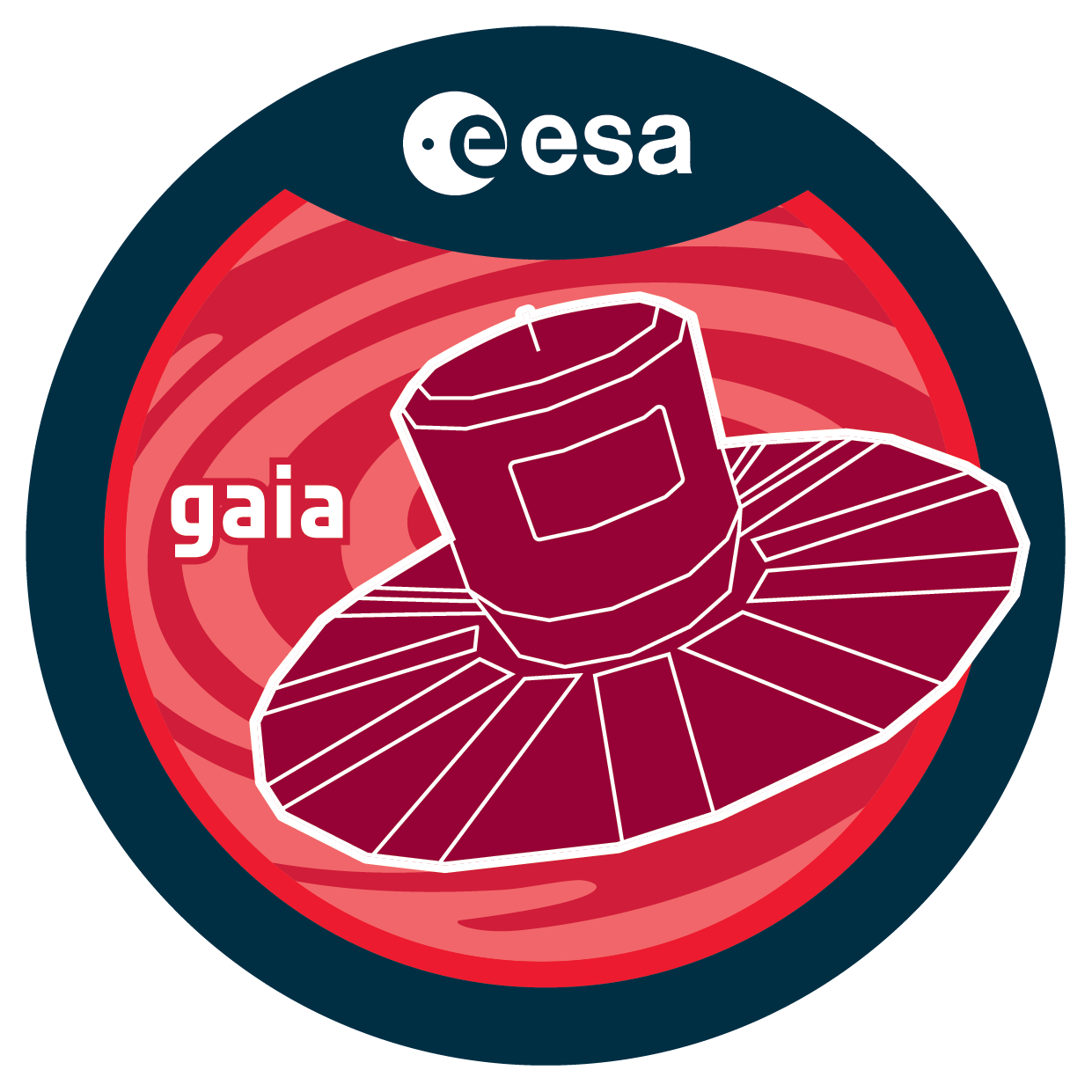

| DOI | https://doi.org/10.5270/esa-1ugzkg7 |
| Name | Gaia Early Data Release 3 (Gaia EDR3) |
| Mission | Gaia |
| Portal URL | https://www.cosmos.esa.int/web/gaia/early-data-release-3 |
| Content URL | Gaia EDR3 full data repository Gaia Archive at ESA |
| Version | 1.0 |
| Description |
Contents of Gaia EDR3
For more information, see https://www.cosmos.esa.int/web/gaia/early-data-release-3 Gaia Early Data Release 3 papers: https://www.cosmos.esa.int/web/gaia/edr3-papers Gaia Early Data Release 3 documentation: https://gea.esac.esa.int/archive/documentation/GEDR3/index.html |
| Publication | Gaia Collaboration et al. (2020), "Gaia Early Data Release 3. Summary of the contents and survey properties", Astronomy & Astrophysics; https://doi.org/10.1051/0004-6361/202039657 |
| Temporal Coverage | From 25 July 2014 (10:30 UTC) to 28 May 2017 (08:44 UTC) |
| Mission description | Gaia is a European space mission providing astrometry, photometry, and spectroscopy of more than 1000 million stars in the Milky Way.
Also data for significant samples of extragalactic and Solar system objects is made available.
The Gaia Archive contains deduced positions, parallaxes, proper motions, radial velocities, and brightnesses.
Complementary information on multiplicity, photometric variability, and astrophysical parameters is provided
for a large fraction of sources.
Gaia Collaboration et al. (2016): "The Gaia mission", Astronomy & Astrophysics, 595, A1; https://doi.org/10.1051/0004-6361/201629272 |
| Creator contact | Gaia Helpdesk (e-mail: gaia-helpdesk@cosmos.esa.int or ticketing system: https://support.cosmos.esa.int/gaia/) |
| Author | Gaia Collaboration 2020 |
| Contributors | Gaia Data Processing and Analysis Consortium (DPAC) |
| Publisher and Registrant | European Space Agency |
| Acknowledgement | This work has made use of data from the European Space Agency (ESA) mission Gaia, processed by the Gaia Data Processing and Analysis Consortium (DPAC). Funding for the DPAC has been provided by national institutions, in particular the institutions participating in the Gaia Multilateral Agreement. Full Gaia data credits: https://www.cosmos.esa.int/web/gaia-users/credits |
| Citation Guidelines | Gaia Collaboration, 2020, Gaia EDR3, Version 1.0. https://doi.org/10.5270/esa-1ugzkg7 |